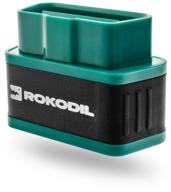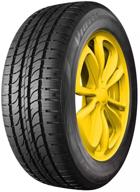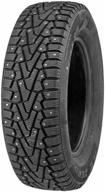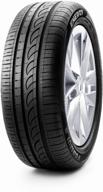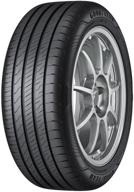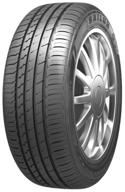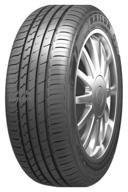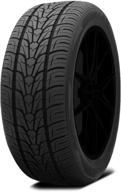
Review on 🔧 Enhance Car/Truck Wheel Alignment with Hanperal Universal Magnetic Gauge Tool: Camber/Castor Strut Alignment Made Easy! by Daniel Mettler

This tool is NOT suitable for leveling!
This tool is not used for leveling. This tool is used to put the camber back in the same position as after removing or replacing the shock absorber. Some posts are adjustable and have a slot. This is used to set the camber by moving the shock absorber in or out slightly and re-tightening the bolts. Camber is the degree that the top of the tire leans in or out, measured in degrees. As camber changes, so does convergence. Toe-in is how far in or out the tires are when viewed from above. If the toe-in is slightly outside, this can wear down the inside or outside edge of your tires fairly quickly. I use this tool when replacing racks. If you don't, adjusting camber with the tire on and the rim-mounted alignment tool is going to be a headache. The two large strut alignment bolts are almost impossible to reach and set in position with the tire in the way. For best results, use the following guidelines:.1. When the car is securely secured, remove the wheel.2. Slightly tighten at least two clamping nuts on the brake disc so that they do not cant. (You may need to buy 2 if they have a chrome cap to prevent them from being dragged onto the rotor.) 3. Place the tool on the flat part of the brake disc and level a small level first.4. Rotate the knob below to zero the high level.5. Remove the tool so that it does not touch the bevel plane or the adjustment screw. Put it in a safe place where it cannot be knocked out of alignment.6. Mark wheel studs and brake disc so that you can mount both in the same position. Note the position of the marked wheel stud (e.g. 12 o'clock position)7. Carry out steering or suspension work.8. Rotate the hub so the wheel stud is in the same position as when you aligned the tool.9. Install the brake disc onto the 'marked' wheel hub in the same position it was removed. This assumes that the hub and brake disc (like most) are two-piece and not one-piece10. Assemble the tool in the "same” spot and tighten at least two locknuts to keep the brake disc from tipping.11. Move the instrument so that the low level is level (do not touch the adjustment screw). 12. Move the stand in or out and tighten the set screws when the large bubble level returns to zero. After tightening the adjustment screws, check again that it is still exactly at zero.14. Remove tool and install wheel.15. Tighten the clamping nuts to the torque specified by the manufacturer.16. Make sure all removed parts are reinstalled correctly.17. Pump up the brake pedal if you had to squeeze the caliper piston to remove it. This tool is better than the proprietary "Tool Aid" I had before. It has a second level (side to side) that allows you to reattach it more accurately. It also has an adjustment screw rather than having to physically move the case to align it. I used epoxy to secure the magnet. Keep the styrofoam box it came in to protect it.
- Freehand
- Very expensive


